Buy the photo Full moon at the Castle of the Counts in Ghent by Jeroen de Jongh Photography on canvas, ArtFrame, poster and wallpaper, printed on demand in high quality.
About "Full moon at the Castle of the Counts in Ghent"
by Jeroen de Jongh Photography
About the artwork
Ghent is the capital and largest centre city of the Belgian province of East Flanders.
Ghent grew out of Celtic settlements in the area of the confluence of the Lys and Scheldt rivers. In the Middle Ages, driven by a flourishing wool industry, Ghent grew into one of the largest cities in Europe. The flax and linen industry and the staple right to grain that Ghent acquired also contributed significantly to its prosperity. After a brief Calvinist period, the city experienced a certain decline that only turned around towards the end of the 18th century, when the cotton industry made Ghent one of the first industrial cities in continental Europe. The Pacification of Ghent (1576) and the Peace of Ghent (1814) were signed in the city.
The Castle of the Counts is a fortified moated castle with narrow tower steps, substantial battlements, imaginative rooms and a mighty view, located in the heart of the East Flemish city of Ghent. It is the only remaining medieval castle in Flanders and possesses a virtually intact defence system. The current castle dates from 1180 and was the residence of the Counts of Flanders until 1353. It was later repurposed as a court, prison, mint printing house and even a cotton factory.
It was restored in 1893-1903, and no one has lived there for centuries. Yet it is not an empty or abandoned building: even today there is a lot to do! It is now a museum and is a major tourist attraction in the city. Of the castle, the gatehouse, the rampart wall, the keep, the count's residence and the stables are open to visitors.

About Jeroen de Jongh Photography
I'm Jeroen, and I'll spare you the long introduction. ;) If you're looking for a landscape photo for your wall, you've come to the right place... Read more…
 Netherlands
Netherlands Ordered in May 2017
Ordered in May 2017
 Germany
Germany Ordered in February 2024
Ordered in February 2024
 Netherlands
Netherlands Ordered in October 2017
Ordered in October 2017
 Netherlands
Netherlands Ordered in February 2013
Ordered in February 2013
 Germany
Germany Ordered in January 2021
Ordered in January 2021
 Netherlands
Netherlands Ordered in January 2020
Ordered in January 2020
 Germany
Germany Ordered in September 2023
Ordered in September 2023
 Germany
Germany Ordered in September 2019
Ordered in September 2019
 Netherlands
Netherlands Ordered in October 2020
Ordered in October 2020
 Germany
Germany Ordered in November 2022
Ordered in November 2022
 Germany
Germany Ordered in June 2023
Ordered in June 2023
 Germany
Germany Ordered in September 2019
Ordered in September 2019
About the material
ArtFrame™
Interchangeable Art Prints
- High-quality print
- Easily interchangeable
- Acoustic function
- Large sizes available
Discover the artworks of Jeroen de Jongh Photography
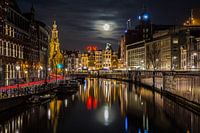 Full moon at the flower marketJeroen de Jongh Photography
Full moon at the flower marketJeroen de Jongh Photography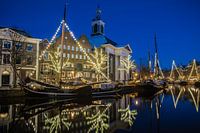 Lange HavenJeroen de Jongh Photography
Lange HavenJeroen de Jongh Photography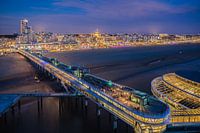 Scheveningen PierJeroen de Jongh Photography
Scheveningen PierJeroen de Jongh Photography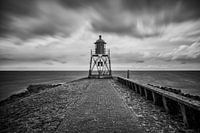 Lighthouse StavorenJeroen de Jongh Photography
Lighthouse StavorenJeroen de Jongh Photography April 25th BridgeJeroen de Jongh Photography
April 25th BridgeJeroen de Jongh Photography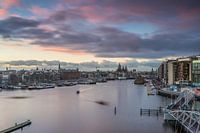 OosterdokJeroen de Jongh Photography
OosterdokJeroen de Jongh Photography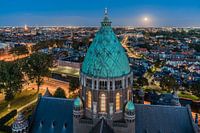 Climb to the lightJeroen de Jongh Photography
Climb to the lightJeroen de Jongh Photography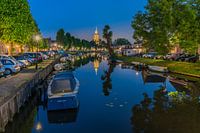 MonnickendamJeroen de Jongh Photography
MonnickendamJeroen de Jongh Photography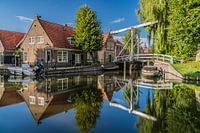 Zonnepad MonnickendamJeroen de Jongh Photography
Zonnepad MonnickendamJeroen de Jongh Photography Mill de Vlinder on a misty morning in the BetuweJeroen de Jongh Photography
Mill de Vlinder on a misty morning in the BetuweJeroen de Jongh Photography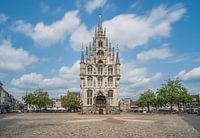 Town Hall of Gouda at the MarketJeroen de Jongh Photography
Town Hall of Gouda at the MarketJeroen de Jongh Photography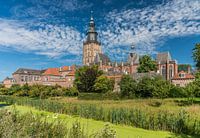 Swans at the skyline of ZutphenJeroen de Jongh Photography
Swans at the skyline of ZutphenJeroen de Jongh Photography Quiet autumn morning in the park of Groeneveld CastleJeroen de Jongh Photography
Quiet autumn morning in the park of Groeneveld CastleJeroen de Jongh Photography Magical sunrise at the Amstelveense PoelJeroen de Jongh Photography
Magical sunrise at the Amstelveense PoelJeroen de Jongh Photography Sunrise in the cherry blossom park of the Amsterdamse BosJeroen de Jongh Photography
Sunrise in the cherry blossom park of the Amsterdamse BosJeroen de Jongh Photography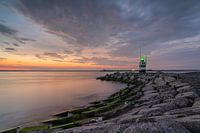 Sunset at the IJmuiden PierJeroen de Jongh Photography
Sunset at the IJmuiden PierJeroen de Jongh Photography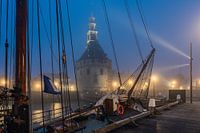 Hoorn's Hoofdtoren in the mistJeroen de Jongh Photography
Hoorn's Hoofdtoren in the mistJeroen de Jongh Photography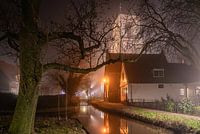 Rocking in foggy RansdorpJeroen de Jongh Photography
Rocking in foggy RansdorpJeroen de Jongh Photography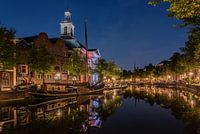 Peace and quiet at Schiedam's Lange HavenJeroen de Jongh Photography
Peace and quiet at Schiedam's Lange HavenJeroen de Jongh Photography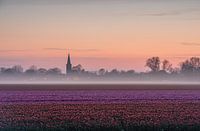 Tulip field, fog bank, church, colourful horizonJeroen de Jongh Photography
Tulip field, fog bank, church, colourful horizonJeroen de Jongh Photography
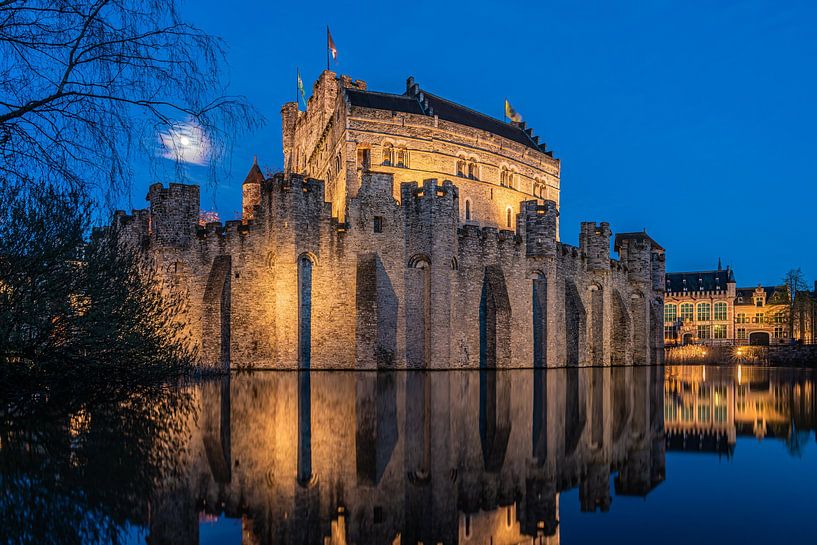


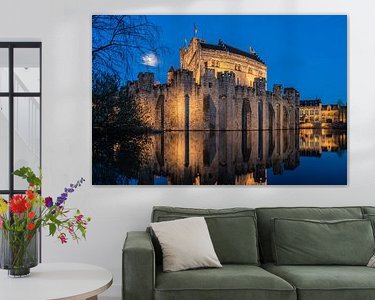


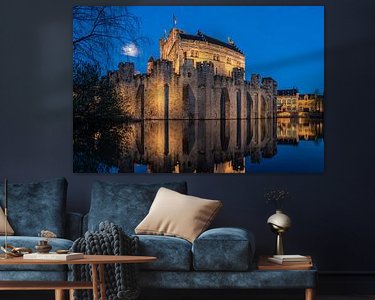

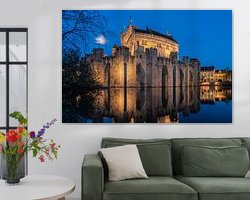




 Belgium
Belgium Blue hour
Blue hour Castle
Castle Ghent
Ghent Moon
Moon Night photography
Night photography Photo wallpaper
Photo wallpaper Photography
Photography Reflections
Reflections Serene Peace
Serene Peace Towns
Towns









